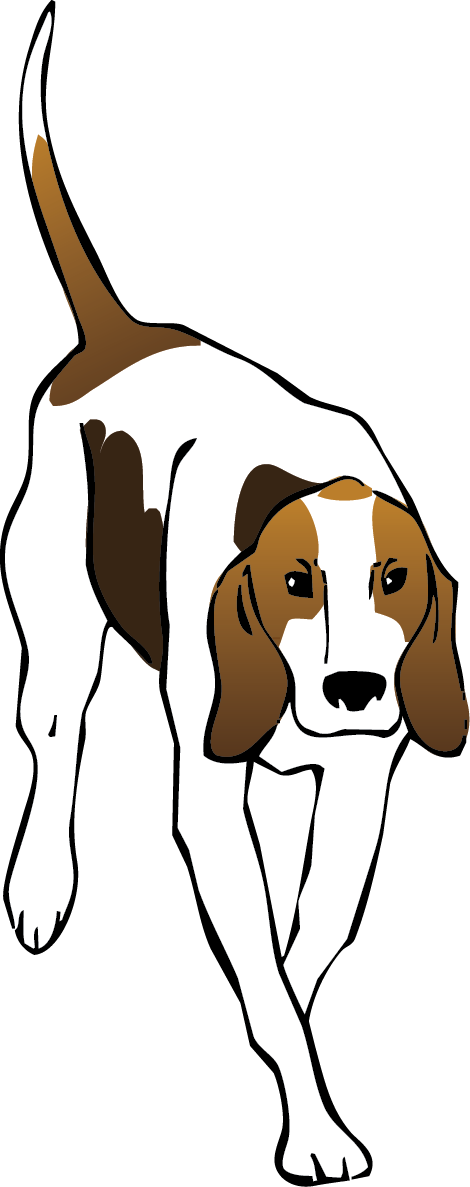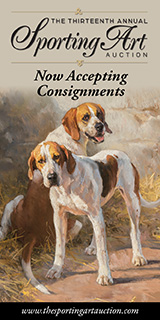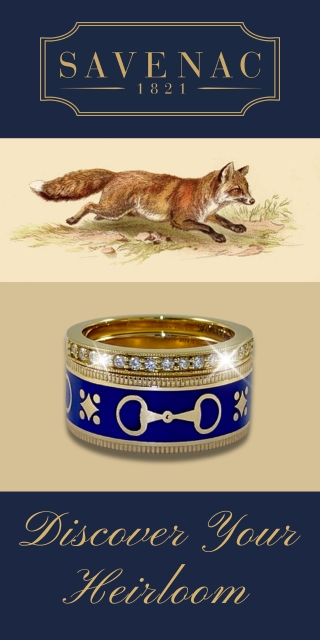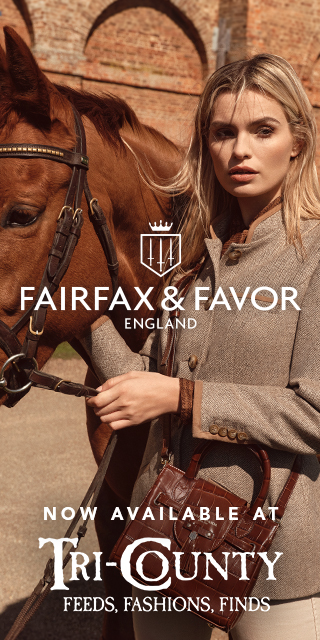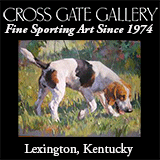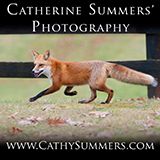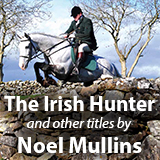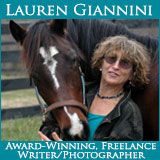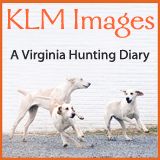william goodall
‘Dimple,’ A Memory of ’94
The Old Pytchley Hall
This poem, published in Baily’s in 1896, is not just timely (with Christmas and the New Year), but it links directly to contemporary subjects in two of our articles below: James Barclay’s "Sporting Tour" and "Remembering the Curre on Boxing Day." It’s a wistful poem, beginning with the mystery of whence this wonderful hound named Dimple. The mystery is resolved at the end, but no hope of ever seeing her like again is imagined. Why? Because she comes from Wales, and the type of hound anointed as stylish and desirable by the elite English foxhunting establishment of the time would never even consider a different way.
However, the very fact that this poem was written demonstrates that some foxhunters of the time, indeed even the superlative Pytchley huntsman, Young Will Goodall,* yearned for something better. But change in the form of a direct challenge to the establishment wasn’t to come until the twentieth century, and even then the process was painful for all concerned. So, here’s what can be considered a poetic prelude to both the Modern English foxhound and the American-English Crossbred foxhound of today.
The Pytchley Hounds are running hard across the Badby Vale;
They fly like swallows on the wing, altho’ it blows a gale.
’Twould make an old man young, I swear, to see so brave a sight,
As scarlet flashes past, and gleams the Pytchley collar white.**
Goodall’s Practice: A Huntsman’s Guide
The highest praise that can be given to a huntsman is for a fool to say, ‘We had a great run and killed our fox; as for the huntsman, he might have been in bed!” –Lord Henry Bentinck
This week we look at another legendary huntsman of the past, William Goodall, huntsman in the nineteenth century to the Duke of Rutland’s Belvoir foxhounds (UK).
Goodall’s methods greatly impressed Lord Henry Bentinck, one of the leading MFHs of the day. Captain Simon Clarke, MFH of the New Forest foxhounds (UK) tells us that Lord Henry hunted three horses a day, kept copious notes, compared the best of England’s huntsmen, and thought William Goodall to be the premier huntsman in England.
When in 1864 Lord Henry sold his famous hound pack, he wrote a letter to the purchaser, Mr. Henry Chaplin, describing William Goodall’s hunting methods. The information in the letter so impressed Mr. Chaplin that, some years after Lord Henry’s death, he had it published under the title, The Late Lord Henry Bentinck on Foxhounds: Goodall’s Practice.
"Goodall’s Practice,” says Captain Clarke, “is the best treatise on hunting hounds ever written.” The revered Master and hound breeder Isaac “Ikey” Bell, the single individual most responsible for the modern English foxhound, is said to have had Goodall’s Practice painted on the ceiling over his bathtub. If you watch while hunting this season, you may see and recognize some of these same practices being used by your own huntsman. Here’s an extract.
